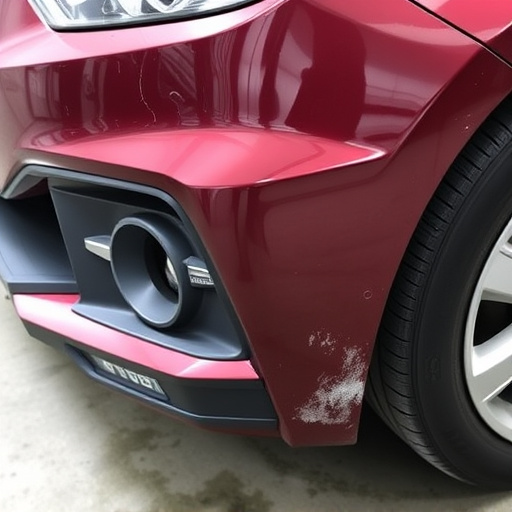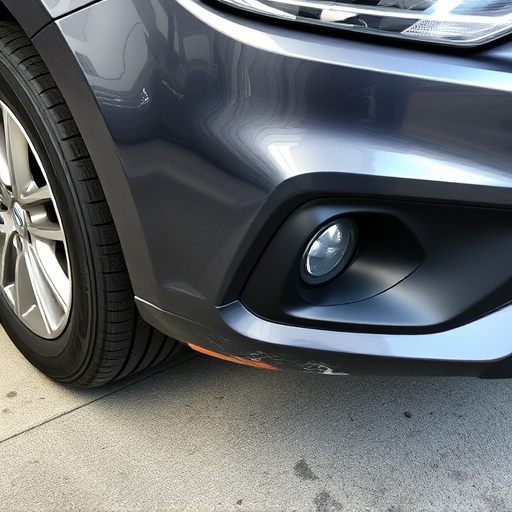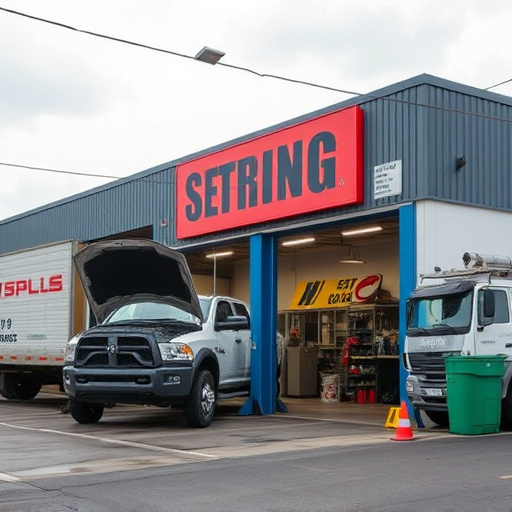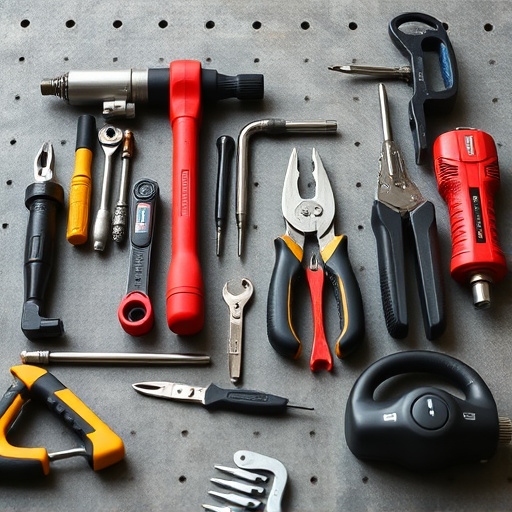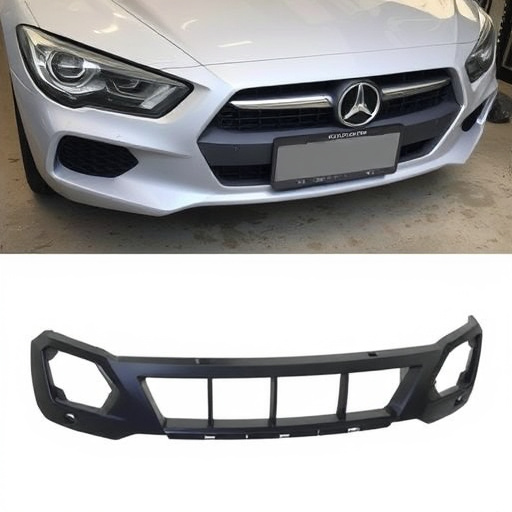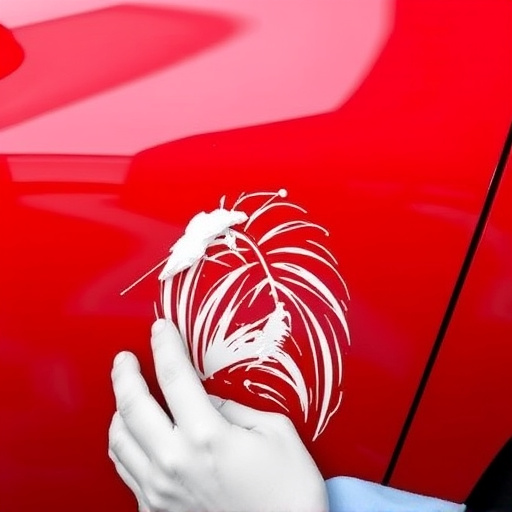Heat damage auto body repair poses significant challenges due to potential structural and cosmetic issues caused by high temperatures. Unqualified repairs can void warranties, shifting costs onto vehicle owners. Specialized techniques, strict protocol adherence, detailed documentation, and use of original parts are crucial for compliance and high-quality restoration.
Heat damage, a common issue in auto body repairs, can significantly impact vehicle warranty compliance. This article delves into the intricacies of understanding heat damage during the restoration process and its effects on warranty coverage. We explore strategies to ensure compliance and mitigate risks, offering insights for professionals to navigate this complex landscape. By understanding the implications, automotive experts can provide quality repairs while maintaining manufacturer guarantees, ensuring customer satisfaction and legal adherence.
- Understanding Heat Damage in Auto Body Repair
- Impact on Vehicle Warranty Coverage
- Strategies for Compliance and Mitigation
Understanding Heat Damage in Auto Body Repair
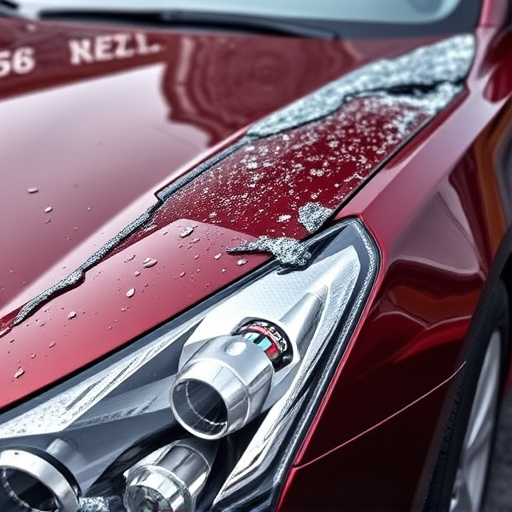
Heat damage in auto body repair refers to the deterioration or distortion of vehicle components caused by excessive heat exposure during the repair process. This can occur when certain materials, like plastics and some types of paint, melt, warp, or change shape under high temperatures. Heat damage is a significant concern as it not only affects the aesthetic appeal of a vehicle but also its structural integrity. It’s crucial to understand that not all auto body repairs involve heat, but for those that do, proper temperature control and specialized techniques are essential to prevent heat damage.
In the world of auto collision centers, where hail damage repair and car repair services are common, heat damage repair plays a critical role in maintaining vehicle warranty compliance. Many modern vehicles have complex interior and exterior components that require precise temperature management during the repair process. Ignoring this can lead to hidden issues that may void warranties. Therefore, skilled technicians must employ advanced methods to minimize heat exposure, ensuring that repairs meet manufacturer standards and preserve the vehicle’s original performance and reliability.
Impact on Vehicle Warranty Coverage
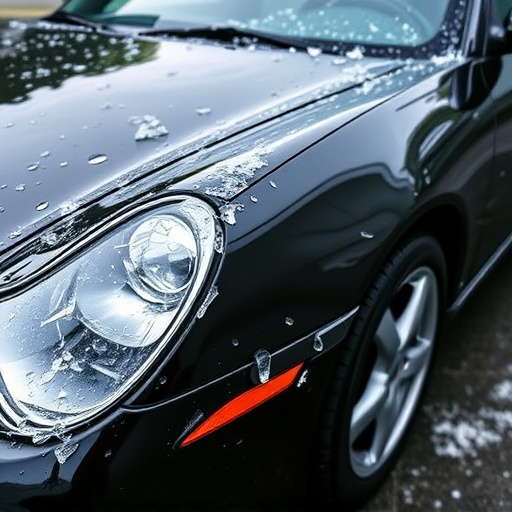
Heat damage auto body repair can significantly impact vehicle warranty coverage, often leading to compliance issues for both owners and repair shops. When a vehicle undergoes heat damage, whether from a fire, a hot surface, or an overheating incident, it can cause structural deformities, melting of plastic components, and warping of metal parts. These changes alter the original specifications of the vehicle, making it challenging to adhere to the manufacturer’s standards required for warranty eligibility.
In many cases, auto glass repair or classic car restoration processes that involve heat application might inadvertently introduce additional heat damage, complicating matters further. Vehicle body repair technicians must exercise caution and follow recommended procedures to minimize such secondary damage. Ensuring proper documentation, transparency in repairs, and adherence to manufacturer guidelines are crucial steps in maintaining warranty compliance during the heat damage auto body repair process.
Strategies for Compliance and Mitigation
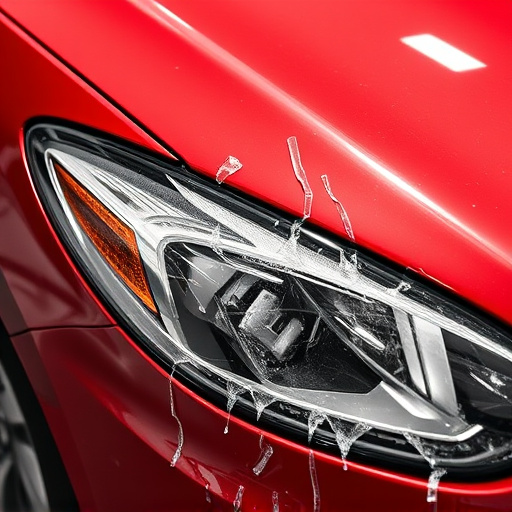
When addressing heat damage auto body repair, understanding the impact on vehicle warranty compliance is paramount. Heat exposure can compromise structural integrity and cosmetic appeal, making it crucial to employ precise and specialized repair techniques. Unqualified or substandard collision repair practices can void warranties, leaving owners responsible for costly out-of-pocket repairs.
To ensure compliance, automotive repair services specializing in heat damage must adhere to strict protocols. This involves meticulous documentation of pre- and post-repair assessments, using original equipment parts and approved methods, and maintaining detailed records of all work performed. By prioritizing these strategies, collision repair shops can effectively mitigate warranty risks associated with heat damage auto body repair while delivering high-quality, compliant restoration for affected vehicles.
Heat damage auto body repair can significantly impact vehicle warranty compliance. By understanding the effects of heat on materials and components, repairs can be conducted with strategies to maintain warranty validity. Implementing proper mitigation techniques ensures that vehicles undergo safe, effective, and compliant restoration processes, protecting both consumers and dealerships from potential legal issues. Compliance in heat damage repair is essential for maintaining a high standard of quality and reliability across the automotive industry.


